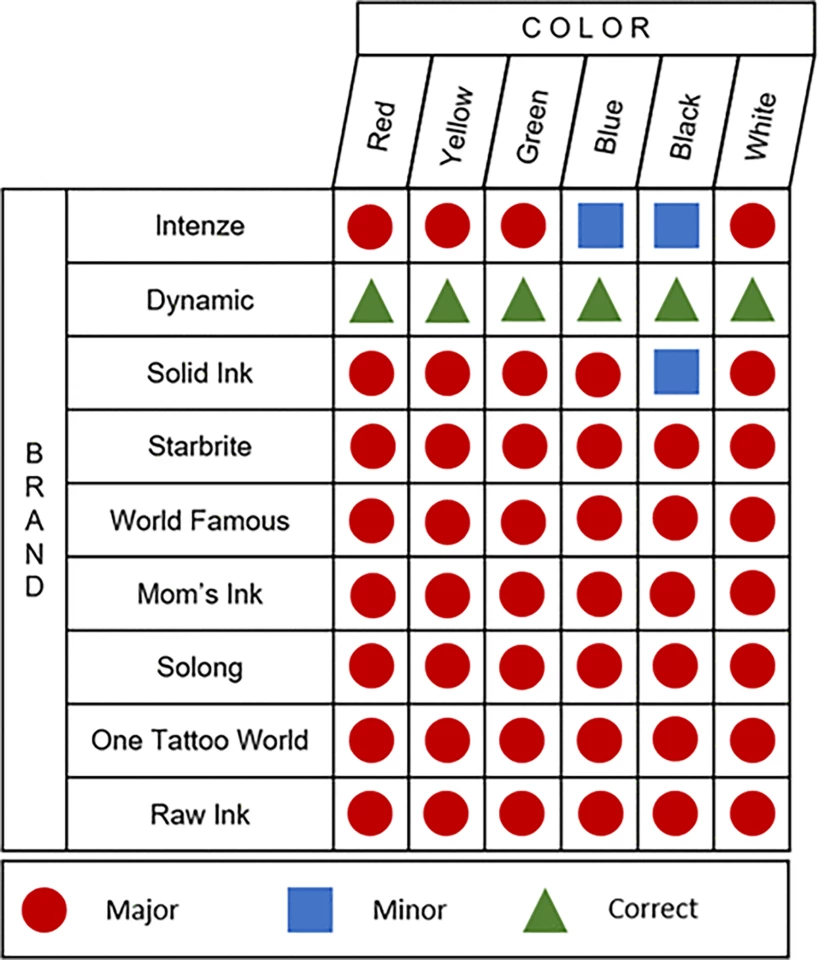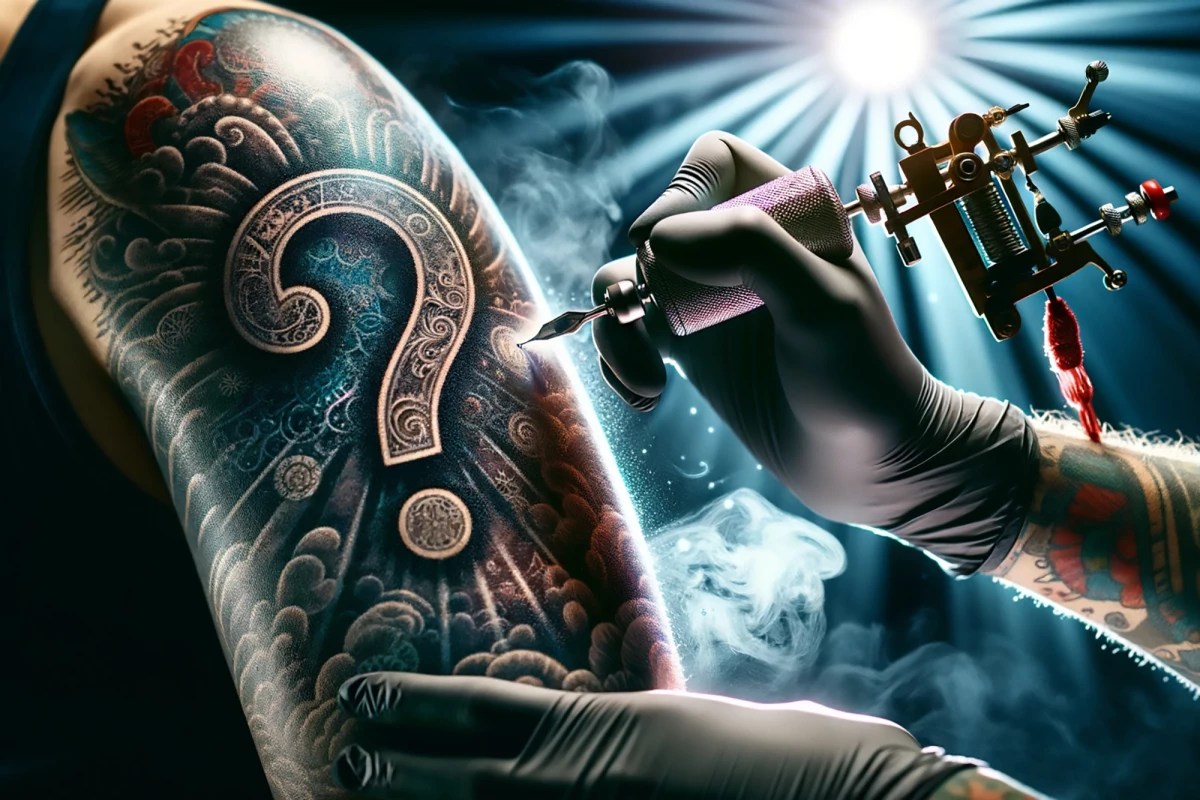Analyzing tattoo inks from big and small name American manufacturers, researchers have found that 90% contained ingredients that weren’t listed on the label, including some with known health effects. The findings highlight the need for tighter manufacturing regulations around tattoo inks.
Tattoos are all about self-expression, rebellion, reminders of family and traditions, and even drunken impulsiveness. Regardless of the reason, everyone who gets a tattoo expects that the ink that’s used is safe.
A study by researchers from Binghamton University (Bing U), New York, has found that that might not be the case. Of the 54 tattoo inks they analyzed, from big-name US brands to smaller manufacturers, 90% had major labeling discrepancies, specifically unlisted additives and pigments.
Here’s what the researchers found:
- Polyethylene glycol (PEG) was the most common unlisted additive. While it’s regularly used to treat constipation, prolonged exposure to PEG can cause harmful effects, including kidney or heart failure.
- The second most common was propylene glycol, associated with skin irritation and allergic reactions.
- Butylated hydroxytoluene (BHT), a food preservative that can disrupt the endocrine system, impacting testosterone levels and affecting sperm quality. In addition, it may cause liver enlargement, kidney dysfunction, and lung inflammation.
- Hexamethylenetetramine, an antibiotic commonly used to treat urinary tract infections.
- 2-phenoxyethanol, an antimicrobial agent. Though rare, there have been cases of contact dermatitis and hives following exposure to this substance. The US FDA has warned against nervous system problems and diarrhea with nursing infants exposed to 2-phenoxyethanol by their mothers.
- 1-butanol. An alcohol commonly used as a solvent and fuel and reported to irritate eyes, lungs, and skin following repeated or prolonged exposure.
Inks from the following brands were analyzed: Intenze, Dynamic, Solid Ink, Starbrite, World Famous, Mom’s Ink, Solong, One Tattoo World, and Raw Ink. Of these, Dynamic was the only manufacturer who had correct labeling across all pigments.

The researchers point out that the unlisted substances found in tattoo inks were present at concentrations of 2,000 parts per million (ppm) or more, considered a high concentration. Other components may be present at concentrations too low to observe but that are otherwise significant, further emphasizing the need for careful manufacturing controls. Compared to the US, the European Chemicals Agency (ECHA) imposes stricter regulations on tattoo inks available on the European market.
“We’re hoping the manufacturers take this as an opportunity to reevaluate their processes, and that artists and clients take this as an opportunity to push for better labeling and manufacturing,” said John Swierk, the study’s corresponding author.
The researchers couldn’t say whether unlisted substances were intentionally added or if the manufacturer was provided with incorrectly labeled or contaminated materials. Further, it’s not uncommon for multiple ink manufacturers to have the same owner, raising a concern that labeling issues may extend to inks not analyzed in the study.
Prior to 2022, the FDA classified tattoo inks as ‘cosmetic,’ so they weren’t regulated. Congress passed the Modernization of Cosmetics Regulation Act (MoCRA) that year, regulating them for the first time.
“The FDA is still figuring out what that is going to look like, and we think this study will influence the discussions around MoCRA,” Swierk said. “This is also the first study to explicitly look at inks sold in the United States and is probably the most comprehensive because it looks at the pigments, which nominally stay in the skin, and the carrier package, which is what the pigment is suspended in.”
The researchers say their research is aimed at empowering tattoo artists and their customers.
“Our goal in a lot of this research is to empower artists and their clients,” said Swierk. “Tattoo artists are serious professionals who have dedicated their lives to this craft and they want the best possible outcomes for their clients. We’re trying to highlight that there are some deficiencies in manufacturing and labeling.”
The study was published in the journal Analytical Chemistry.
Source: Bing U






